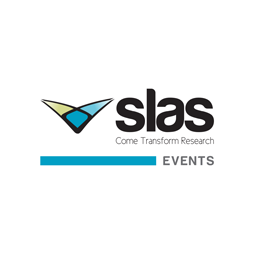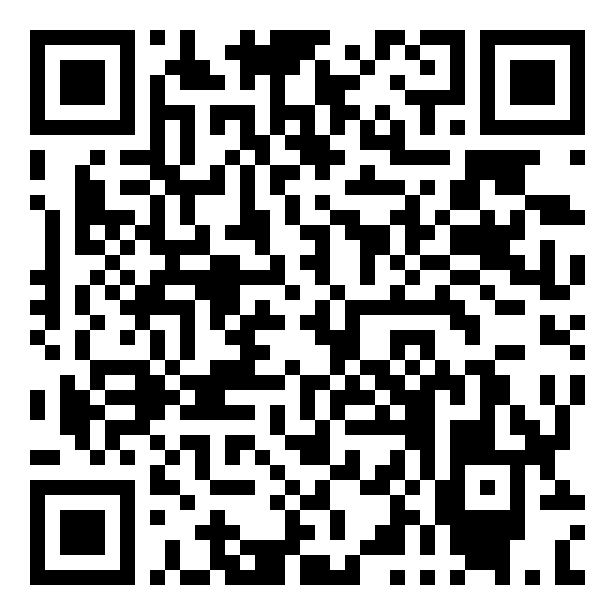Back

 View Leader Board
View Leader Board



Assay Development and Screening
Automated High-throughput System to classify pathogenic SLC6A1 variants

Augusto Seminario
Automation Engineer
BioMarin Pharmaceutical
Greenbrae, CA, United States
Primary Author - December Poster(s)
Protein-coding variants in SLC6A1 are associated with early onset epilepsy, autism, and schizophrenia. SLC6A1 encodes the GABA transporter GAT1 and is expressed at the synapses of GABAergic neurons. The primary function of neuronal GAT1 is to re-uptake the inhibitory neurotransmitter GABA from the synaptic cleft to sustain its synaptic concentrations. Recently, variants in SLC6A1 have been associated with a spectrum of epilepsy syndromes and neurodevelopmental disorders. Pediatric patients present with seizures, neurodevelopmental delay, autism-like and other neurological and developmental symptoms. The average age of onset of seizures is 3.7 years. De novo mutations in SLC6A1 have also been associated with schizophrenia. Schizophrenia patients with SLC6A1 mutations are typically diagnosed in early adulthood and do not present with the symptoms seen in pediatric patients.
Although advances in genomic sequencing have enabled aggregation of patient variants and observed clinical manifestations, the functional impact of many of the disease associated variants remains unknown. Experimental characterization remains a valuable method for validating the impact of variants. To speed up experimental characterization of these SLC6A1 missense-variants, we built a system composed of a MICROLAB STAR liquid-handling robot (Hamilton Robotics, Reno, NV), a 96-well Shuttle nucleofector (Lonza, Basel, Switzerland). Both instruments were controlled by a single PC through Hamilton Venus software. The use of this automated system allowed researchers to screen 180+ rare SLC6A1 missense-variants in four months rather than one year.
Samples were analyzed downstream by mass spectrometry to assess GAT1 transporter activity. Our results find this method to be highly concordant with variant activities previously reported in the literature. These results us to classify variants based on activity to generate a more accurate estimate of the prevalence of SLC6A1-associated disorders, and to better understand the molecular biology of SLC6A1-associated conditions. The acquired knowledge will help guide therapeutic decisions and enable the development of targeted therapies that enhance transporter function and improve symptoms
Although advances in genomic sequencing have enabled aggregation of patient variants and observed clinical manifestations, the functional impact of many of the disease associated variants remains unknown. Experimental characterization remains a valuable method for validating the impact of variants. To speed up experimental characterization of these SLC6A1 missense-variants, we built a system composed of a MICROLAB STAR liquid-handling robot (Hamilton Robotics, Reno, NV), a 96-well Shuttle nucleofector (Lonza, Basel, Switzerland). Both instruments were controlled by a single PC through Hamilton Venus software. The use of this automated system allowed researchers to screen 180+ rare SLC6A1 missense-variants in four months rather than one year.
Samples were analyzed downstream by mass spectrometry to assess GAT1 transporter activity. Our results find this method to be highly concordant with variant activities previously reported in the literature. These results us to classify variants based on activity to generate a more accurate estimate of the prevalence of SLC6A1-associated disorders, and to better understand the molecular biology of SLC6A1-associated conditions. The acquired knowledge will help guide therapeutic decisions and enable the development of targeted therapies that enhance transporter function and improve symptoms
 View Leader Board
View Leader Board
Your Points: 0
Scan and Win! Complete as many scavenger hunt questions as possible. You will find scavenger hunt QR Codes to scan on participating posters. Each participating poster in the exhibit hall will have a QR code next to it. For virtual participants, look for the scavenger hunt icon for participating posters.
SLAS Events

Instructions
Each poster participating in the scavenger hunt will have a SCAVENGER HUNT QR code. When that QR code is scanned using the SLAS2022 app, question about the poster will appear. You must answer the question correctly to collect points. BE SURE TO EXPLORE THE POSTER BEFORE SCANNING THE CODE! SLAS will award three prizes to the participants with the most points.
1st Prize - Comp Reg + Hotel/Airfare to SLAS2023 in San Diego
2nd Prize - $50 Starbucks Gift Card
3Rd Prize - $25 AMEX Gift Card
Keep an eye on the leader boards to see who’s at the TOP. Winners will be announced after SLAS2022.
Each participating poster in the exhibit hall will have a QR code next to it. For virtual participants, look for the scavenger hunt icon for participating posters.
1st Prize - Comp Reg + Hotel/Airfare to SLAS2023 in San Diego
2nd Prize - $50 Starbucks Gift Card
3Rd Prize - $25 AMEX Gift Card
Keep an eye on the leader boards to see who’s at the TOP. Winners will be announced after SLAS2022.
Each participating poster in the exhibit hall will have a QR code next to it. For virtual participants, look for the scavenger hunt icon for participating posters.
